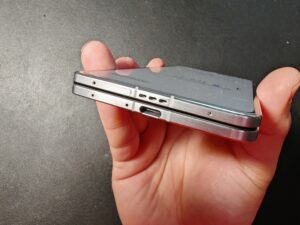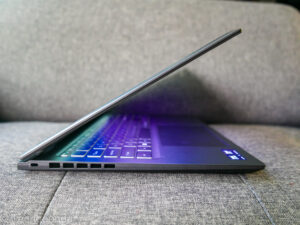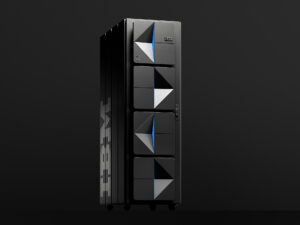In association with HP

Imagine you’re a data scientist on holiday in the Himalayas and you urgently needed to get a new AI model trained quickly while you’re away from office. You don’t have a hefty and powerful PC workstation with you, so what do you do?
What one data scientist did recently, on an actual trip, was to open up his HP ZBook portable workstation and connect over the Internet to his more powerful machines back in his lab in the United States.
Once logged in, he spun up his HP Z desktop machines and crunched the numbers with the faster processors onboard and got the results fed back to his portable laptop. Everything worked as if he was in the lab, even though the workload was run remotely.
It’s an example of how AI and other workloads can be run off the faster graphics processing units (GPUs) on remote HP Z workstations, with the information represented on the laptop.
Instead of going to the traditional cloud, this new way of running demanding workloads “locally” yet remotely is gaining traction with a new feature called HP Boost on HP’s Z workstations.
Essentially, it enables a scientific lab or creative studio to pool the processing power of its GPUs in an office or lab and enable users on a network to make use of them when they are idling.
The concept isn’t new after years of cloud adoption but it is increasingly important as costs for cloud computing and GPU hardware grow with the demand for more performance, said Jim Nottingham, the division president for advanced compute solutions at HP.
It’s a smart way of maximising one’s computing hardware, he noted, as he recounted the story of data scientist, who is an HP customer.
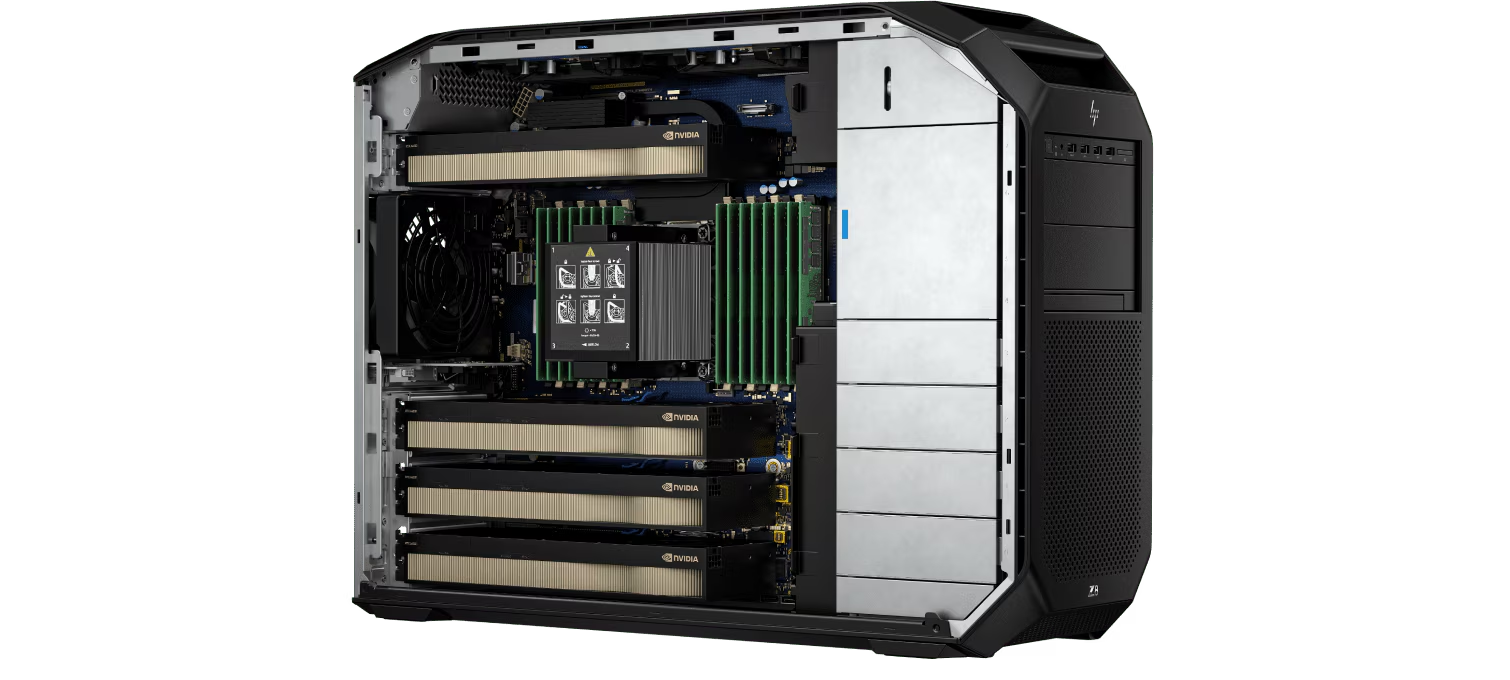
While HP Boost only works for data science workloads today, the GPU sharing could be expanded to other workloads in, say, architecture and building, media and entertainment or product development and manufacturing.
These sectors already deploy many HP Z workstations, from mobile machines to desktop versions, for their everyday work.
So, an architecture or design firm could in future pool its workstation resources and enable them to be shared with whoever needs the horsepower to run demanding workloads. Yes, even if they are connecting remotely from the Himalayas.
The same applies for businesses ramping up AI workloads on their PC workstations, such as creative studios looking to create a virtual model of a game world. A designer could tap on any free resources in the workstation pool to turn his project ideas into visual form more quickly.
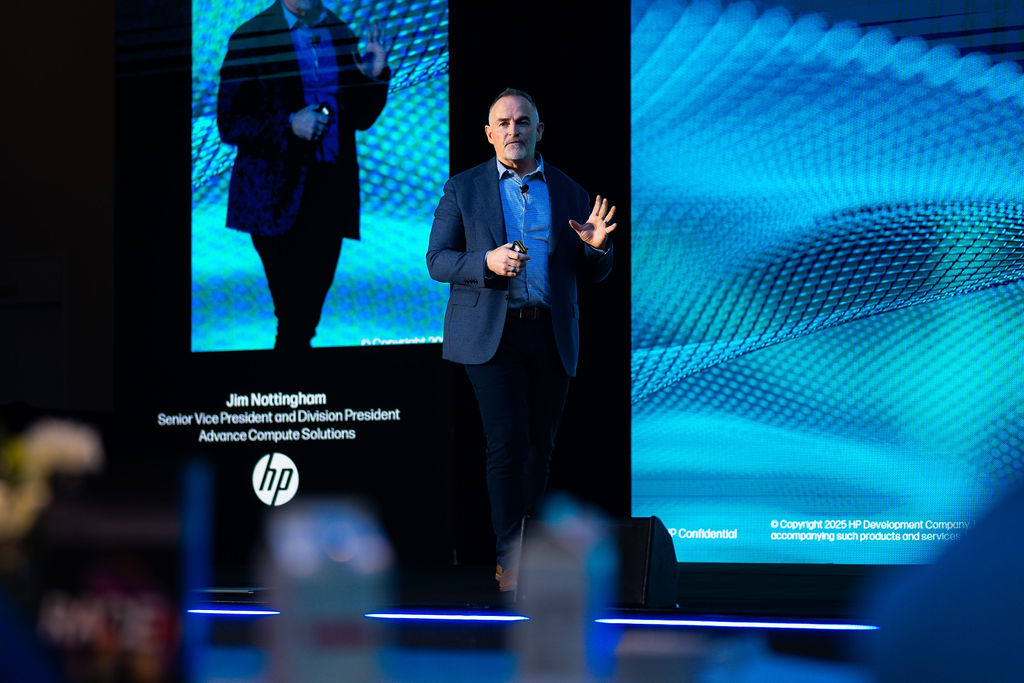
Indeed, HP’s Z workstations are gaining a bigger pool of users, because of the growing demand for higher performance for commercial workloads.
AI is a big driver, said Nottingham, with data science outfits looking to build secure RAG (retrieval-augmented generation) chatbots on-premises, for example.
Here, HP’s suite of tools, such as AI Creation Centre, enable teams to work in a shared space while using HP Boost to share GPUs across a fleet of workstations.
Even on a portable workstation like the HP ZBook Firefly, a user can use AI to quickly generate a series of images in seconds by using HP Boost instead of half an hour when running on its own hardware.
It is one way in which HP is helping bring high-performance AI from the cloud to the edge, thus making it accessible to users who are driving AI transformation in their organisations.
This is timely as more new users are looking for PC workstation performance. Content producers, for example, want to make use of more AI tools to jazz up their videos and 3D effects.
Moving up from regular consumer laptops to a workstation laptop helps them do work a lot faster and get returns to their efforts more quickly.

The new ZBook Ultra G1a, for example, is a thin 14-inch mobile PC workstation that delivers AI smarts along with a portable design and longer battery life that lets professional users work on the road with the performance they need.
Creators, engineers and prosumers are buying more powerful machines and the use case is changing, said Nottingham. Mobile workstations, he noted, are docked about 60 per cent of the time – less than most people think – so they are also used remotely.
The idea is bringing more performance to the edge, even as the cloud offers more compute today with AI. That’s because the need to run workloads locally on a workstation or through a networked pool of connected workstations in the office has become more urgent.
The cloud and data centres are going to grow, said Nottingham, but a lot of businesses are turning to hybrid compute, where they can take advantage of running workloads locally.
They can reduce their cloud costs and boost security while making use of the flexibility that features such as HP Boost now offer, he noted.
Find out more about HP’s new Z workstations here.
